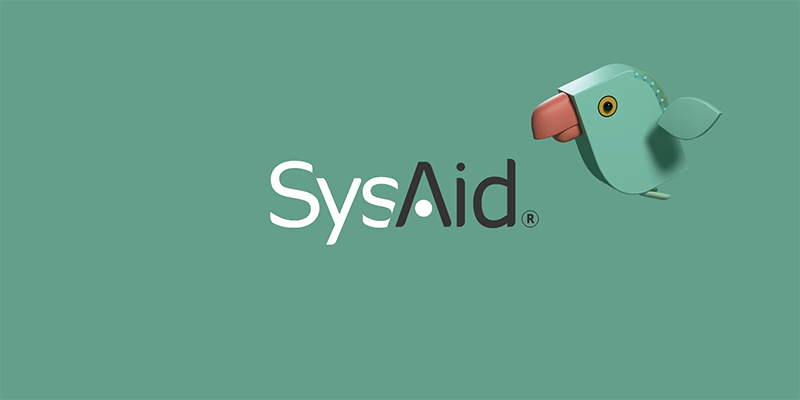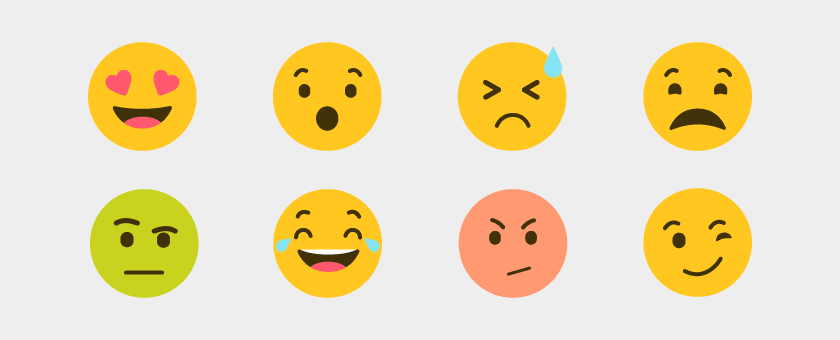The 30-Year Evolution of the IT Help Desk (and Where It’s Going Next)

2019 was a big year for ITIL, the IT service management (ITSM) best practice framework. First, it turned 30. Second, the revised ITIL 4 Edition was released – with the integration to other IT management concepts such as Agile, Lean, and DevOps plus newer ITSM challenges/opportunities such as employee experience, value demonstration, and the exploitation of new technologies. However, we shouldn’t overlook how the humble IT help desk has also evolved over this 30-year period, or the influence that ITIL has had on it.
The 30-Year Evolution of the IT Help Desk (and Where It’s Going Next) Share on XThe pre-ITIL IT help desk
If you’re old enough, think back to the days of “big hair” at the tail end of the 1980s and the introduction of personal computing into the workplace. There were, of course, IT help desks before this, because there were IT (and telephony) systems that needed support (think mainframes and dumb terminals). But it was the introduction of desktop computing that saw the importance of the IT help desk grow, with technology increasingly becoming a key enabler for business operations and the quality of the resulting outcomes.
At the end of the 1980s and the start of the 1990s, the IT help desk was a very different beast to today. Phrases such as “log and flog” and “catch and dispatch” were coined to describe an asynchronous IT support capability where your need was captured (when calling in), perhaps even on an answering machine, and you then waited for your turn to be helped.
As to when that help would appear was anyone’s guess, with this IT help desk scenario a catalyst for early peer-support scenarios – where the colleague in the room with the most IT knowledge was often called upon to help out their colleagues (who were fed up of waiting for the IT help desk to respond).
There were help desk tools available to IT support teams, but then again there was also a variety of less-effective manual methods for capturing the needs of callers.
The birth of the IT service desk
Then came ITIL which was, and still is, all about services and their management (and the resulting business outcomes).
On the back of ITIL, the humble IT help desk became so much more – the IT service desk. We could probably debate the difference between an IT help desk and an IT service desk all day. Plus, that employees and business-to-consumer (B2C) customers still contact “the help desk” – to use their terminology – with their requests for help, information, service, and change.
What’s more important than the name that’s used is the change in focus of the IT help desk from its “break-fix” origins into a “single point of contact” for handling all contacts with end users. To quote myself from five years ago:
“…there is that ITIL process-based view on the difference – where an IT help desk is considered to operate a limited number of processes, probably ticketing or incident management in the main. Then ITIL talks of other processes such as service request management and change management as being part of, or strongly associated with, an IT service desk.”
However, another important role that ITIL has played in the evolution of the IT help desk is the growth in IT help desk (or ITSM) tool use. ITIL exam takers and their organizations wanted to enable their newly introduced ITIL-based capabilities with fit-for-purpose, ITIL-aligned tools. With the ITIL-aligned tools also kindly returning the favor, by driving ITIL uptake, in a symbiotic relationship.
This use of fit-for-purpose technology has also changed the way that IT help desks, and then IT service desks, work. Especially as new capabilities have been added over time.
The addition of new IT support capabilities
Putting dates to when new IT support capabilities were added to IT help desk or ITSM tools is a tricky challenge because it depends on whether you want to know the first instance or when there was sufficient market penetration to consider it a tool “must-have.”
So, I’m going to sidestep the issue and simply call out some of the key changes in help desk tools without pinning down the respective timeframes. Plus, to include the addition of wider ITSM capabilities – and the evolution of ITSM tools – would definitely turn this article into “War and Peace.”
Here @Joe_the_IT_Guy looks at some of the additions to IT #helpdesk tools that we’ve seen over the years. Share on XSo, here are just some of the additions to IT help desk tools that we’ve seen over the years:
- Email access to IT support – moving help desks on from the telephone channel (and potentially walk up) to wider omnichannel capabilities once email became the corporate norm in the 1990s.
- Workflow automation – recognizing the need for greater efficiency, collaboration, and potentially approvals on IT issues and requests. I’m really struggling to pin this one down timewise and its position on this list.
- Knowledge management capabilities – the end of the 1990s saw the growth in enterprise knowledge management initiatives and IT support was an obvious use case.
- IT asset management (ITAM) capabilities – as IT estates (and use) grew, there was a need to effectively manage all of these IT assets. Whether using separate ITAM software or via additional capabilities now included within the IT help desk (or ITSM) tool.
- Remote support – in the same way, that help desk software helped IT support agents to be more efficient and effective, remote support tools helped with deskside support. Especially when the supported staff were increasingly spread across different buildings and even countries.
- Automation and service orchestration capabilities – this is another IT support capability that’s hard to position timewise. From the execution of simple data center scripts to the far more complicated automation capabilities available for cloud management these days.
- Service catalogs and self-service capabilities – this was very much off the back of ITIL v3 in 2007 with the introduction of service catalog management to the ITSM best practice framework. With self-service an obvious extension that folded in knowledge-based self-help and automated self-care capabilities such as password reset.
- Chat capabilities – in my experience, while these capabilities work well with remote support, they’ve struggled to thrive in a standalone capacity alongside the telephone, email, and self-service channels (plus, potentially, walk-up). For some though, their preferred method of IT support access.
- Social support – there was a point in the first part of this decade where the IT support world expected to see social networks such as Facebook and Twitter as an additional IT support channel. However, this never really took off and was superseded by collaborative peer-support capabilities.
- Gamification – again, it was once “the next big thing in IT support.” It also never really took off, although there are many companies that do use it and are happy to call out the benefits it brings to their service desk analyst motivation, performance, and results.
- Artificial intelligence (AI)-enabled IT support capabilities – from chatbots, through virtual assistants, to machine-learning-based AI and automation that takes over high-volume, low-value IT support tasks.
What the future of the IT help desk (or IT service desk) holds
In some respects, there’s more of the same to come. From the refinement (and growth in use) of self-service and knowledge management capabilities. To the rapid rise in adoption of AI-enabled capabilities (in conjunction with automation).
All of these impact the operation of IT help desks (or IT service desks) across people, processes, and technology. With people, in particular, affected in terms of the required personal skills and capabilities, the types of issues and requests they handle, the technologies available to help them, and how their performance is measured. So, expect big changes on the people side of IT support as we move forward through 2020.
There are two key changes coming to the IT help desk (or IT service desk), according to Joe_the_IT_Guy. And many would argue that they’re already here; but what are they? #servicedesk #helpdesk Share on XThere are, however, two other key changes coming to the IT help desk (or IT service desk). And many would argue that they’re already here:
- Value demonstration – with IT help desks required to look beyond what they do, to see (and report on) what they achieve through what they do.
- Employee experience – with this an extension of the business-to-consumer (B2C)-world customer experience (CX) investments that ties into improving employee productivity (through better IT service and support) and thus business operations and outcomes.
This final section definitely needs some more explanation but hopefully it’s enough to get you thinking about how far your organization’s IT help desk has come. And also, that there’s still much more to do.
Did you find this interesting?Share it with others:
Did you find this interesting? Share it with others:







